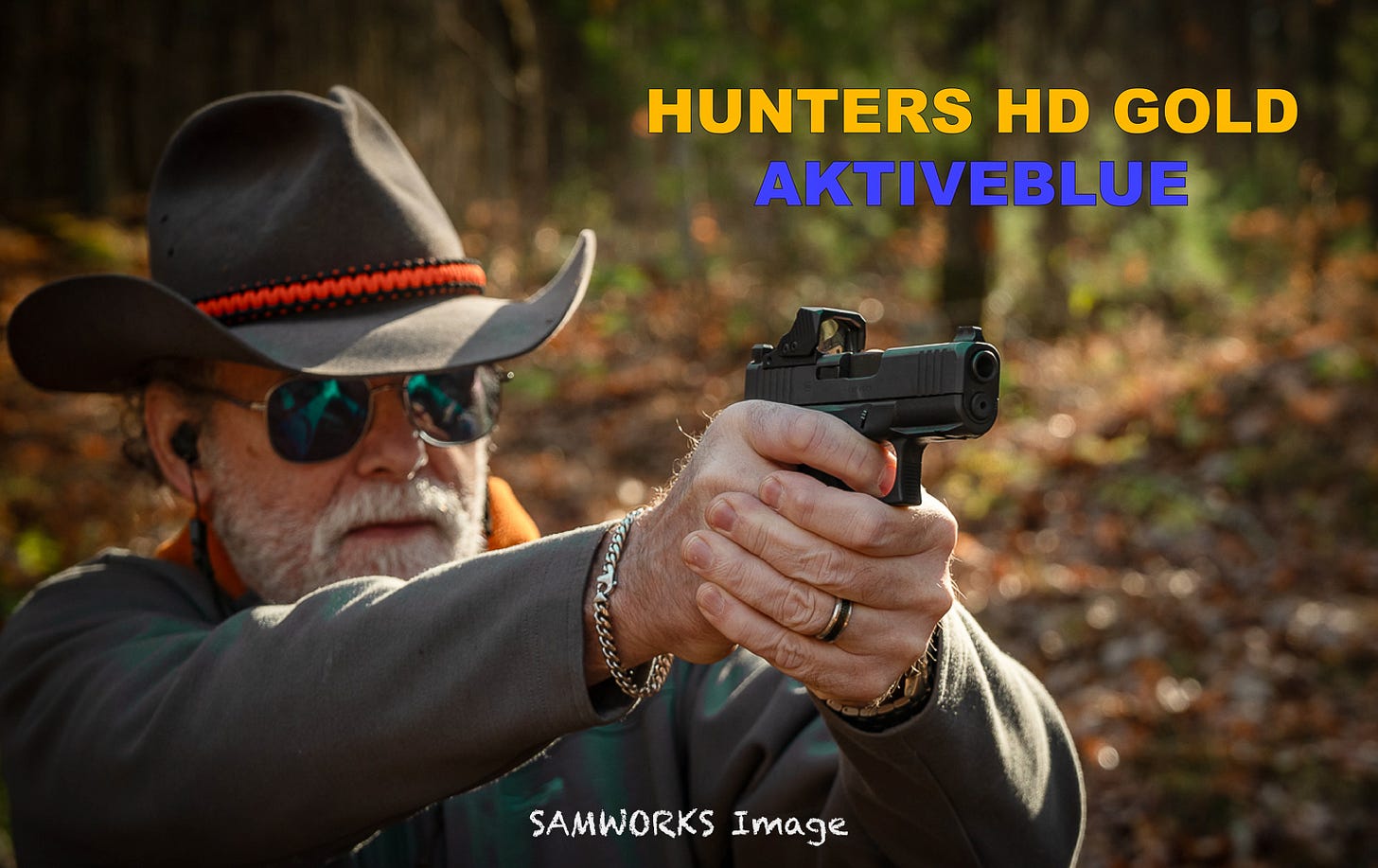Modern miniature reflex red dot sights are quite marvelous. They’re amazingly compact, lightweight, and they can, without question, help you shoot more accurately. They’re also a great training tool for young or new handgun shooters because it allows them to devote more of their concentration to the trigger press – which is the hardest part of shooting – and less to aiming – which is the easiest part of shooting. Trying to learn to balance sight alignment, sight picture, and trigger press, all at the same time, is a daunting task and the red dot makes it easier.
The other very important advantage of the reflex sight is for shooters who are suffering from presbyopia – the inability to clearly focus on objects that are up close – can now shoot with just as much, if not more, precision than they used to do with open sights. I’m included in that group; I’ve been slaved to reading glasses for several years. I finally gave up and had my optometrist craft me a prescription that would allow me to shoot with open sights and still be able to tell if I was pointing my pistol at a good or a bad guy. I sent the Rx to Hunter’s HD Gold and they crafted excellent shooting glasses for me. (I wear my Rx Hunters HD Gold AKTIVEBLU glasses daily, almost like sun glasses. I’ll provide more information on those glasses soon.)
Hunters HD Gold offers shooting glasses with your Rx with GOLD and RUBY lenses, and now their new AKTIVEBLU lenses. I have all three and rarely shoot without them.
These miniature reflex sights have now found their way to self-defense handguns, and it seems that if your self-defense pistol does not have one, you’re either considered a relic or a Fudd. I’ve devoted the past two years to training with pistols outfitted with miniature reflex sights. Partly because I need to stay up with the times so I can write about their use from an experienced standpoint, but also partly because I thought these sights might make me and other shooters better prepared to deal with a threat.
I’ve done a lot of testing with these sights on a variety of pistols, and I think I now have a pretty good idea of their practical benefit. What I’ve concluded is that they’re not a 24/7 trust your life, sight. I learned this during the continual shooting of one of the defensive handgun drills I most often use. It’s the Step Back Drill, and it’s detailed in my Next Level Shooting article, but I’ll recap it here
You start with a holstered handgun, standing 5 yards from an eight inch target. (I like to use and 8-inch steel plate.) On signal from the shot timer, you draw and fire two shots at the plate and record your time. You then repeat this exercise at 10, 15, 20, and 25 yards, recording the time for each two shot string along the way. Then you add up the times. If you do not get all 10 hits, make a note of that, but you fail. Continue the drill anyway; it’s good practice. The actual drill requires one speed reload during one of the stages and has a time limit of 30 seconds. Developing the data for this essay, I excluded the speed reload.
The chart below shows my results using a Glock G43X outfitted with a Shield RMSc reflex sight. I ran the drill 10 times using the Suppressor Height XS R3D 2.0 sights I installed on the pistol – because they’re easier for me to see – and I ran it 10 times using the reflex sight.
Keep reading with a 7-day free trial
Subscribe to EmptyCases Substack to keep reading this post and get 7 days of free access to the full post archives.







